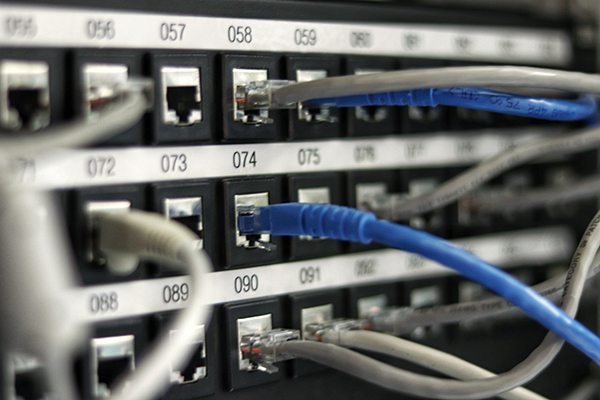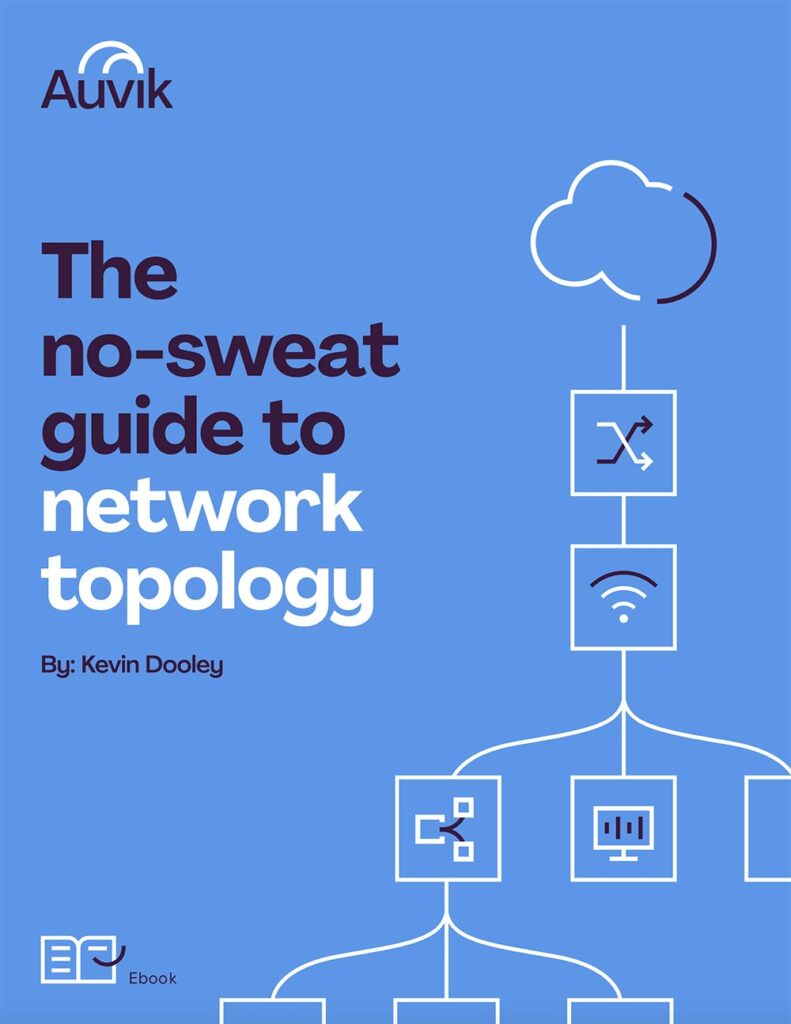State and local governments (SLG), the frontline for delivery of services much of the population rely on, face some difficult challenges when it comes to modernization of their IT networks. Among them, the tools and services being used are built on some seriously old legacy infrastructure. Then there’s the problem of limited budgets: a catch-22 where most of the allocated funds can’t be used for modernizing government technology because they’re invested in keeping the lights on with existing legacy systems. As a result, many SLGs have been “doing” digital rather than achieving true government IT modernization.
Waiting is no longer an option
The fact of the matter is that modernizing government technology has become a necessity. The COVID-19 pandemic proved just how unprepared, and unsupported, many SLGs are to deal with widespread disruption to normal business, which is a serious concern considering that digital destinations are the first point of contact for service delivery to the public.
And those services are also far more wide-ranging than any other dedicated government department must deal with. These include data and infrastructure necessary to for municipalities and states to function, including:
- Emergency services
- Urban planning
- Transportation
- Citizen communication (311)
- Public benefits
- Public health access
- Program registration
- Permitting and licensing
In a 2020 Center for Digital Government (CDG) survey of 165 state officials responsible for enterprise or large agency IT, 72% of the respondents stated that an increasing number of citizens had greater expectations to access government services via website portals. Over 58% stated that those same citizens wanted a more straightforward solution—preferably a single sign-on—to access all government services. This is a whole new set of public-facing security challenges that are likely far beyond the current capabilities of any government IT department.
Furthermore, people don’t just expect quality services from their SLGs; they also want protection. The same study revealed that 62% of the respondents claimed that their constituents were more aware of cybersecurity issues, and wanted SLGs to be capable of protecting their personal information.
What are the challenges for government IT modernization?
MeriTalk partnered with Amazon Web Services to survey 150 Federal Civilian IT managers in November 2020, revealing their findings in Migration to transformation: Delivering on Federal Missions Using Technology. Only 39% of respondents claimed that digital transformation was a stated priority within their department, even though 79% stated that digital government transformation efforts “accelerated” in 2020.
This acceleration prompted pure need: the spike in remote work and an urgency to improve and adapt services for citizens. However, most IT pros still feel their government IT modernization strategy isn’t adapting quickly enough to match expectations.
When asked about the most significant challenges to modernizing government IT:
- 47% cited security concerns
- 34% stated time constraints and the duration of the migration process
- 33% called out inflexible legacy networks
- 33% indicated workforce skills gap
- 33% claimed they had too many competing priorities
Security Issues
Ironically, security seems to be a significant challenge towards achieving government digital transformation, while also a key driver in the need to modernize government technology. The IBM Government Index for IT Modernization survey found that almost 70% of government IT decision-makers cite security as a barrier to migrating to modern cloud platforms. Security was also why their SLGs do not work with third-party vendors. This is the result of cybersecurity threats like recent supply chain attacks that affected many highly sensitive areas of the US federal government’s network, and ransomware attacks that have the potential to affected tens of thousands of end users.
After several notable breaches, President Biden issued an executive order that “encourages” SLGs to modernize their systems and protect data from current and future threats.
What is seen as the key driver in the need to modernize government technology is also seen a significant challenge in being able to modernize government technology. More than half of government IT decision-makers state that cloud providers they evaluate don’t consistently implement security features they require, like multi-factor authentication and complex passwords.
Time constraints
The migration process will undoubtedly take time and effort, and government IT officials cite those constraints as a serious issue. No one wants to face the public backlash that taking critical websites or portals offline, even for a short time, will require. You also have to consider how much time is wasted on maintaining and preserving legacy systems during the migration. It’s like doubling the workload. And with restrictions and closures of many-face-to-face service locations over the last two years, downtime has simply not been an option.
But at some point, cost-benefit is going to swing too far to one side. Cracks are beginning to widen already: COVID-19 and recent cyberattacks have proven how unprepared SLGs are to operate in the modern environment.
The longer government agencies wait to migrate, the more challenging it will become, and time constraints will become the least of an SLG’s issues. Eventually, systems will fail without meaningful intervention.
Inflexible legacy networks
This should come as no surprise: Legacy networks are a critical challenge to achieving government IT modernization. A network is only as good as its least efficient components. If “irreplaceable” parts of your network are incapable of handling the current load, optimization of any other part is pretty much pointless.
Government networks are already under a lot of strain due to the increased bandwidth and throughput required by cloud adoption, support for ad hoc, BYOD, IoT, and all their associated shared services. The additional demands of these services pressure SLG networks because they must maintain high levels of visibility, compliance, service, continuity, and availability.
Aging and outdated hardware that is prone to outages isn’t helping the situation either. Clearly, SLGs are eager to achieve complete government IT modernization and reap the benefits, such as reduced costs and increased efficiency. Not to mention the fact that no one wants to work with systems that have long outlived their usefulness, effectiveness, or manufacturer support. But the majority (70%) of those IT admins surveyed by CDG claimed that at least half their networks still run on legacy hardware. Less than a handful have reduced that to below 10%. In other words, while digital government transformation is still a stated goal in most planning processes, the process is often glacially slow in reality.
The solution, of course, is a renewed effort towards modernizing government network technology by overhauling network backbones and/or moving more and more services to the cloud (a so-called hybrid government environment). Government IT modernization will run far more smoothly when a solid and agile network supports it.
Competing priorities
When it comes to government digital transformation, SLGs are caught between competing priorities. On the one hand, they are “encouraged” to slash costs wherever possible, while on the other, they must increase operational efficiency. While modernizing government technology would undoubtedly reduce costs in the long run, it requires significant investments in the near term. And this would have to be done while still maintaining legacy infrastructure until the migration is complete.
If support to maintain legacy systems is already eating up 80% of your current budget, as some IT admins have reported, it becomes difficult to see a path forward from anything but status quo.
Workforce skills gap
Achieving digital government transformation requires all hands on deck.
SLGs are often limited in terms of how many people they can hire. However, the lengthy and complicated hiring process is more concerning, especially for positions that require multiple security clearances. This grueling process, coupled with strong competition from private companies, often sees SLGs losing talent to the private sector.
Network visibility and government IT modernization
Effectively modernizing government technology means starting with the network. And one critical aspect of updating and effectively managing networks lies in visibility. You can’t fix what you can’t see. Network visibility is about “seeing everything”: having total awareness of everything happening on, and moving in and out of, your network. Network visibility tools are the key to good awareness, and awareness is the key to control.
It’s also important to understand that network visibility is not a strictly passive activity. As you gain more insight into your network, you’re also more likely to have better control over the granular details of it. You’ll be able to make better decisions because you’ll have better access and information. When it comes to improving network health and fine-tuning optimizations, proactive monitoring and delicate control are key aspects of traffic management and data protection.
With COVID-19 and the massive shift to remote work, SLG’s have been forced to act fast, adopting a hodgepodge of cloud and software-based applications to assert control and visibility over their quickly expanding network structures. But what’s needed is a centralized network monitoring and management system.

How does remote network monitoring and management help?
Issues such as minimal network monitoring capabilities for hybrid (on-premises and cloud) networks continue to cause concern. However, adopting a network monitoring and management system like the one offered by Auvik can help government agencies overcome a number of the barriers they still encounter.
Switch from Reactive to Proactive
According to IBM’s Cost of a Data Breach Report 2019, it takes an average of 324 days to detect an attacker in a government network. Imagine the damage they could do. Auvik’s TrafficInsights offers one of the market’s best network traffic monitoring solutions, allowing IT teams to pivot from a reactive to proactive monitoring stance, and take advantage of real-time alerts and always-on network and firewall monitoring, to identify potential threats before they become a concern.
Government network IT management will allow SysAdmins to evaluate their network and determine what and who needs to be there, and who doesn’t. The automated process identifies irregularities in normal network behavior, alerting IT specialists immediately, so they can establish whether it’s a credible threat or not.
Manage a multivendor network effectively
Multivendor networks will also become the norm in a modernized network due to the many benefits, including increased security and lower total cost of ownership.
To that end, network monitoring software needs to become “vendor agnostic.” Auvik makes it easy to effectively manage even the largest multivendor network, including configuring the network and performing automatic backups when something changes. Audit and quickly make changes to networks through universal CLI interaction (if that’s your flavor) or dozens of APIs and protocols it supports.
And because Auvik is cloud-based, distributed and hybrid network monitoring challenges aren’t a problem. Device discovery, inventory, dynamic visualization, and scalability through the cloud means all Auvik’s features are available wherever your network is.
Capacity plan more efficiently
Given the barriers most government agencies deal with updating systems, it’s fair to say capacity planning is an issue. I think we can all agree it’s pretty inefficient to throw budget at a network and hope it will keep working, while piling on more strain.
With the increased network visibility you’ll get from a unified solution like Auvik, SLGs can effectively measure, manage and plan capacity more efficiently, seeing usage snapshots over time, and the reality of your current needs, that’ll help to provide an informed recommendation of what an optimized network needs to look like going forward.
It’s been said the pandemic accelerated digital government transformation by as much as five years, and it’s still likely not enough. Slow reaction times to agency-wide security attacks, and the lack of preparedness evidenced by the pandemic prove that our governments’ network needs are not being met.
The risk of essential services failing, or personal data falling into the wrong hands, is just too significant to delay modernizing government technology, despite the investment involved. Legacy systems will continue to surpass their best buy dates, and continue to be a time and money pit for IT teams.
Network designs for state and local governments need a new starting point for modernization. One that starts with insight into the current state of your network, and the ability to put time and effort towards optimization, not just fire fighting. With the network management software, you gain valuable control over troubleshooting and performance monitoring, deeper security insights into traffic flows, the ability to recover fast for any disaster thanks to automatic backup, and the performance data you need to being to plan for an effective, efficient and excellent network for all users.
Ready to see how Auvik can enhance every aspect of your network management capabilities? Get your free 14-day Auvik trial here.
Your Guide to Selling Managed Network Services
Get templates for network assessment reports, presentations, pricing & more—designed just for MSPs.







